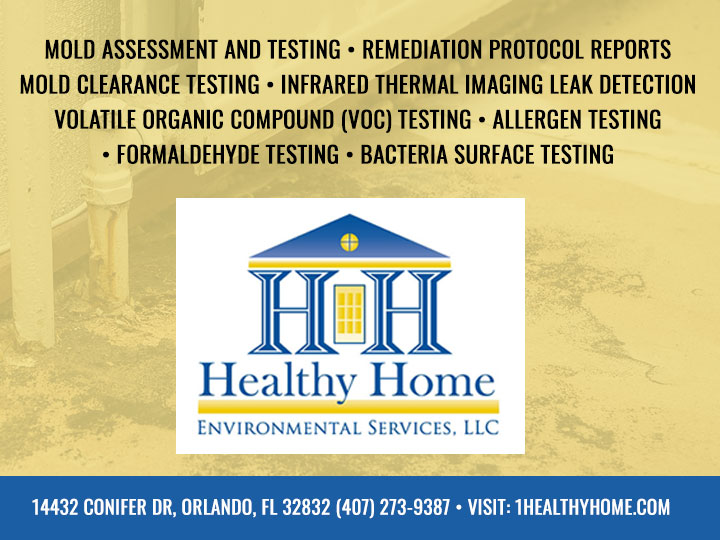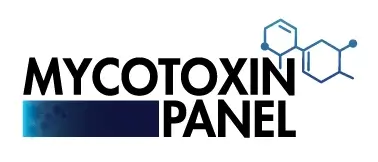Selecting the Right Mycotoxin testing Services for Your Company
Selecting the Right Mycotoxin testing Services for Your Company
Blog Article
How Mycotoxin Testing Helps Avoid Contamination and Secure Food Products

Mycotoxin testing is an important method in the food industry, functioning as a frontline protection versus contamination by damaging toxic substances produced by mold and mildews. With the application of advanced techniques like High-Performance Fluid Chromatography (HPLC) and Fluid Chromatography-Mass Spectrometry (LC-MS), food producers can accurately measure and discover mycotoxin levels in farming products. This proactive approach not just makes sure compliance with rigorous safety laws but additionally minimizes wellness threats to customers. Normal testing fortifies brand name credibility and financial wellness by decreasing contamination-related events. Just how precisely do these screening procedures incorporate into the broader food safety method?
Recognizing Mycotoxins
Understanding mycotoxins begins with identifying that they are poisonous second metabolites produced by certain molds, which can contaminate agricultural products. These metabolites are not important for the growth or reproduction of the fungi yet can have extreme effects for animal and human health. Mycotoxins are generally discovered in staple plants such as corn, wheat, barley, and nuts, where they can proliferate under particular problems of dampness and temperature level.
There are several kinds of mycotoxins, each generated by various fungal varieties. Aflatoxins, generated by Aspergillus species, are among the most well-known, recognized for their cancer causing buildings. An additional significant group includes ochratoxins, created by Aspergillus and Penicillium types, which have nephrotoxic impacts. Fusarium species generate fumonisins and trichothecenes, both of which are connected with numerous intense and persistent health problems.

Dangers of Mycotoxin Contamination
The threats of mycotoxin contamination are diverse, presenting considerable risks to both food security and public health. Mycotoxins, hazardous compounds generated by specific kinds of fungi, can infect a broad array of agricultural items including grains, nuts, spices, dried out fruits, and coffee.
Economic effects are another major problem. Polluted plants can result in significant monetary losses for farmers and food manufacturers because of lowered yields and the demand for costly purification measures. Global trade can be considerably prevented as nations enforce strict mycotoxin policies to secure their populaces, leading to rejected shipments and strained trade connections.
Environmental aspects such as environment adjustment aggravate the risk of mycotoxin contamination. Variations in temperature and humidity can create desirable problems for fungal development, raising the likelihood of contamination events. Thus, understanding and alleviating these threats are important for guaranteeing the safety and security and honesty of global food supplies.
Techniques of Mycotoxin Checking
Precisely recognizing mycotoxin contamination in farming items is crucial for safeguarding public wellness and keeping food safety and security criteria. Different techniques are employed to spot and quantify mycotoxins, each offering details benefits and restrictions.
High-Performance Liquid Chromatography (HPLC) is a widely made use of approach because of its high sensitivity and precision. It entails separating mycotoxins from other materials in an example, allowing accurate metrology. Fluid Chromatography-Mass Spectrometry (LC-MS) incorporates liquid chromatography with mass spectrometry to give in-depth molecular info, making it particularly valuable for determining numerous mycotoxins all at once.

Gas Chromatography-Mass Spectrometry (GC-MS) and Thin-Layer Chromatography (TENDER LOVING CARE) are likewise used, each with unique applications. GC-MS works for unstable mycotoxins, while TLC uses a less complex, cost-efficient choice for initial testing.
Benefits of Regular Evaluating
Normal screening for mycotoxins in farming products provides various imp source benefits, substantially adding to public health and wellness and food security. By recognizing contamination early, normal screening aids stop the circulation of harmful foods, thereby reducing the danger of mycotoxin-related diseases among customers. This positive approach not just safeguards human health and wellness but additionally improves the overall top quality of food materials.
Consistent screening likewise sustains regulative compliance. Different nations and regions have developed rigid limitations for mycotoxin levels in food and feed. Following these limitations through normal testing makes certain that manufacturers and vendors satisfy lawful requirements, thereby preventing charges and trade obstacles. Maintaining conformity promotes consumer depend on and brand online reputation, which are important for market success.
Additionally, routine mycotoxin screening can result in considerable economic benefits. Early discovery of contamination enables prompt intervention, minimizing possible losses from extensive contamination. Carrying out normal testing methods can also minimize recall prices and associated responsibilities, which can be economically ruining.
Furthermore, routine testing gives beneficial information that can educate far better farming techniques and storage space problems. By comprehending patterns of contamination, manufacturers can embrace precautionary steps, thus decreasing future dangers and adding to the sustainability of the food supply chain.
Carrying Out Checking Procedures
Executing effective mycotoxin screening methods is critical for ensuring the safety and security and top quality of agricultural products. Developing a durable screening framework involves numerous crucial steps, beginning with the recognition of prospective contamination points within the manufacturing and supply chain. This includes pre-harvest, post-harvest, storage, and circulation stages. Each phase has to be looked at to identify where mycotoxin contamination is most likely to take place.
As soon as essential control points are identified, picking proper testing approaches is necessary. Typical techniques include enzyme-linked immunosorbent assay (ELISA), high-performance fluid chromatography (HPLC), and mass spectrometry (MS) Each technique has its weak points and strengths; therefore, selecting the appropriate one depends on the specific mycotoxin being checked, the needed sensitivity, and available resources.

Finally, integrating the testing methods into a comprehensive food safety monitoring system is advisable. This boosts traceability and enables speedy restorative actions when contamination is identified, consequently protecting the integrity of the food supply chain.
Conclusion
Mycotoxin screening is crucial in protecting against contamination and securing food materials by discover this info here enabling early discovery of dangerous toxic substances produced by mold and mildews in agricultural items. Advanced techniques such as HPLC and LC-MS make certain compliance with safety and security policies and shield consumers from wellness risks. Routine screening enhances brand name credibility, financial security, and rely on food security by minimizing contamination-related losses and preserving high criteria in food manufacturing. Applying rigorous testing protocols is thus imperative for the market's total well-being.
Mycotoxin screening is an important method in the food market, serving as a frontline defense against contamination by harmful toxins produced by mold and mildews. An incorporated technique including agricultural methods, storage management, and normal screening you could try these out can alleviate the dangers associated with mycotoxin contamination, guaranteeing food safety and public health.
The threats of mycotoxin contamination are complex, presenting significant threats to both food safety and security and public wellness.Normal testing for mycotoxins in agricultural items uses various benefits, significantly adding to public health and wellness and food safety.Mycotoxin screening is necessary in stopping contamination and securing food supplies by making it possible for very early detection of harmful contaminants created by molds in farming products.
Report this page